They stopped waiting for the perfect place and started building it themselves.

Millennials have a knack for rewriting the rules, and that includes where and how they choose to live. Instead of chasing the same old dream of big cities with sky-high rents and soul-crushing commutes, many are quietly shaping communities that actually reflect what matters to them—connection, sustainability, creativity, and affordability. These places aren’t utopias in the traditional sense, but they’re offering something close to it: intentional living built on shared values.
The magic isn’t just in low cost of living or remote work flexibility—it’s in the way these cities are becoming hubs for fresh ideas and nontraditional success. Whether it’s turning rundown neighborhoods into thriving arts districts or launching co-ops and tech hubs in unexpected corners of the country, millennials are leaving their fingerprints all over the map. These 11 cities might not be on your radar yet, but they’re proof that younger generations aren’t just dreaming of better—they’re building it brick by brick.
1. Asheville is mixing mountain magic with modern values.
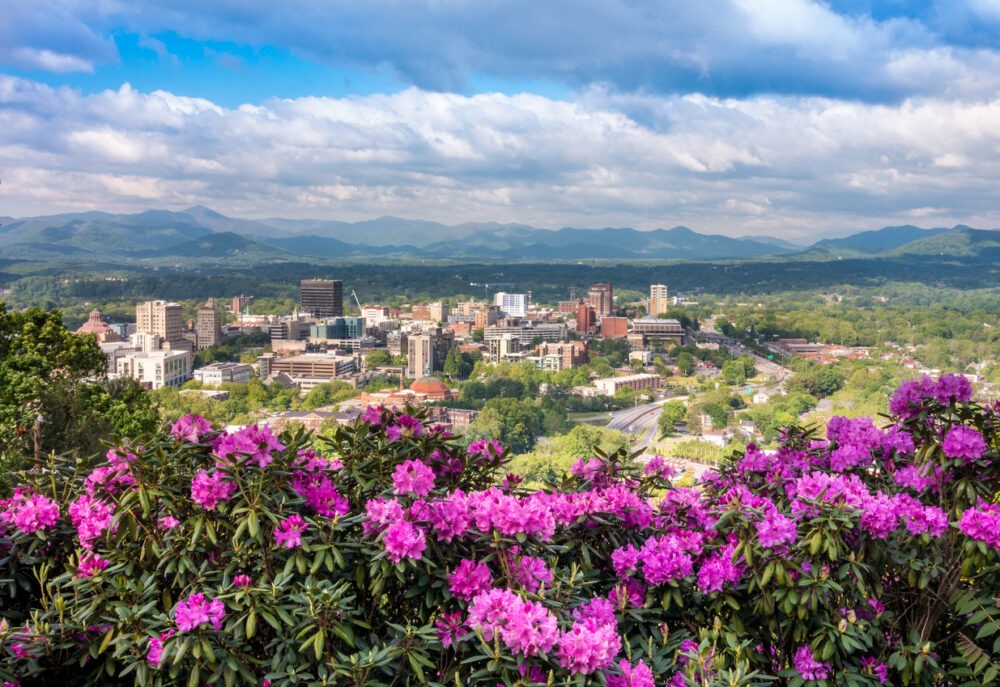
Tucked in North Carolina’s Blue Ridge Mountains, Asheville has become a magnet for millennial creatives, remote workers, and sustainability junkies, according to Siena Hawke at Romantic Asheville. The city’s laid-back vibe, thriving art scene, and progressive spirit make it feel more like a curated lifestyle than just another town. You’ve got craft breweries around every corner, outdoor adventures minutes away, and a community that actively supports local over corporate.
What sets Asheville apart is how welcoming it is to big ideas wrapped in small packages. People build their own tiny homes, start community gardens, and run passion-fueled side hustles without getting lost in a sea of competition. It’s not just a haven for dreamers—it’s a functional utopia for those who want to work hard, live slow, and stay weird while doing it.
2. Pittsburgh is trading its steel past for startup energy.
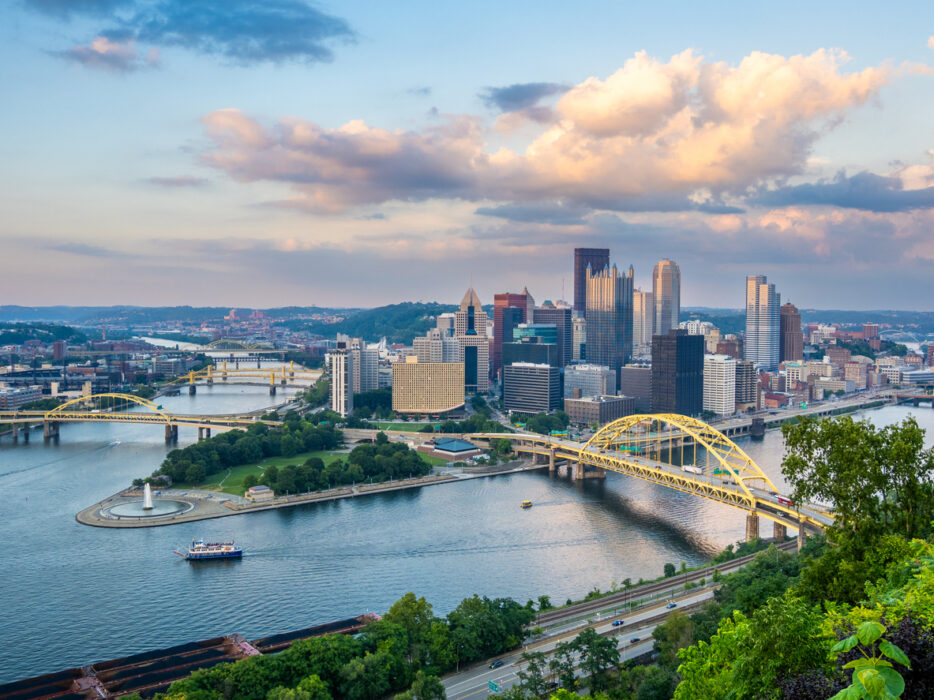
Pittsburgh used to be all grit and industry, but millennials have been busy giving it a softer, smarter glow, as reported by Jeremy at The Burgh. With its affordable housing, major universities, and surging tech sector, it’s the kind of place where young people can actually get ahead without selling their souls. The city’s transformation into a hub for robotics, health tech, and green innovation has given it new life.
What makes it feel like a millennial utopia is the balance—there’s space to grow, both personally and professionally. Cool coworking spaces fill old warehouses, art collectives thrive in former factories, and biking to brunch is actually a thing. It’s got the brainy charm of a major city without the burnout. Millennials are planting roots here because it finally feels like a place that listens.
3. Burlington is where green ideals and lake views collide.
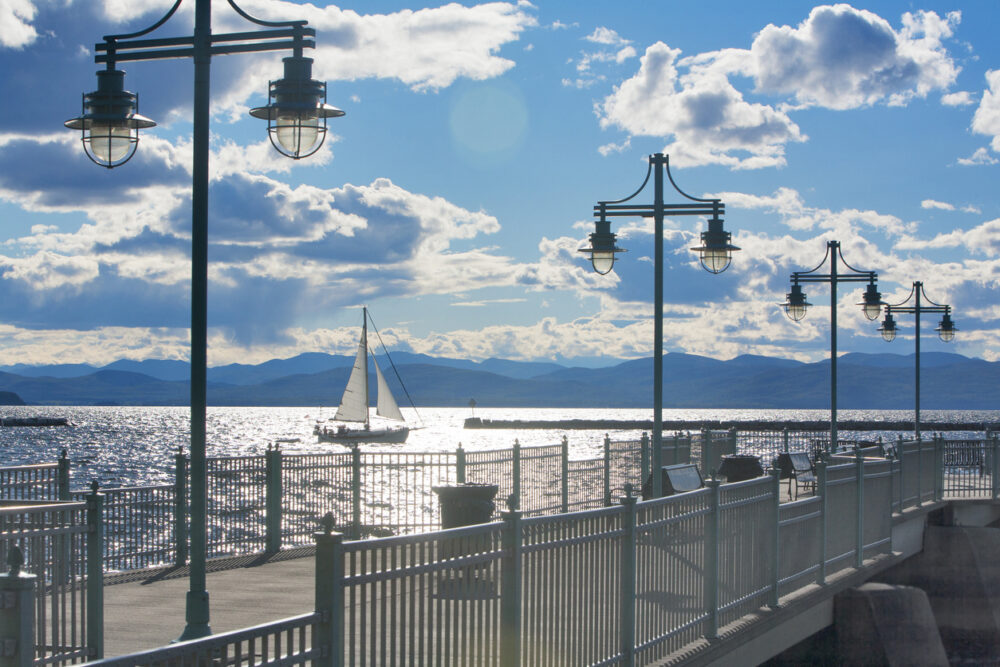
This small Vermont city has always leaned crunchy, but millennials have doubled down on its earthy appeal, as stated by the people at the Allied Van Lines. Burlington’s commitment to renewable energy, bike-friendly planning, and local food culture is the kind of real-world progressivism that doesn’t just talk—it acts. Add in Lake Champlain sunsets, and you’ve got a postcard backdrop for purposeful living.
Millennials here aren’t just trying to escape the grind—they’re rewriting it entirely. Whether they’re launching ethical fashion brands, working in food co-ops, or organizing grassroots campaigns, there’s a noticeable culture of care that seeps into daily life. Burlington isn’t flashy, but it quietly proves that small, well-run cities can offer big impact and deep satisfaction.
4. Austin is keeping things weird—and welcoming.
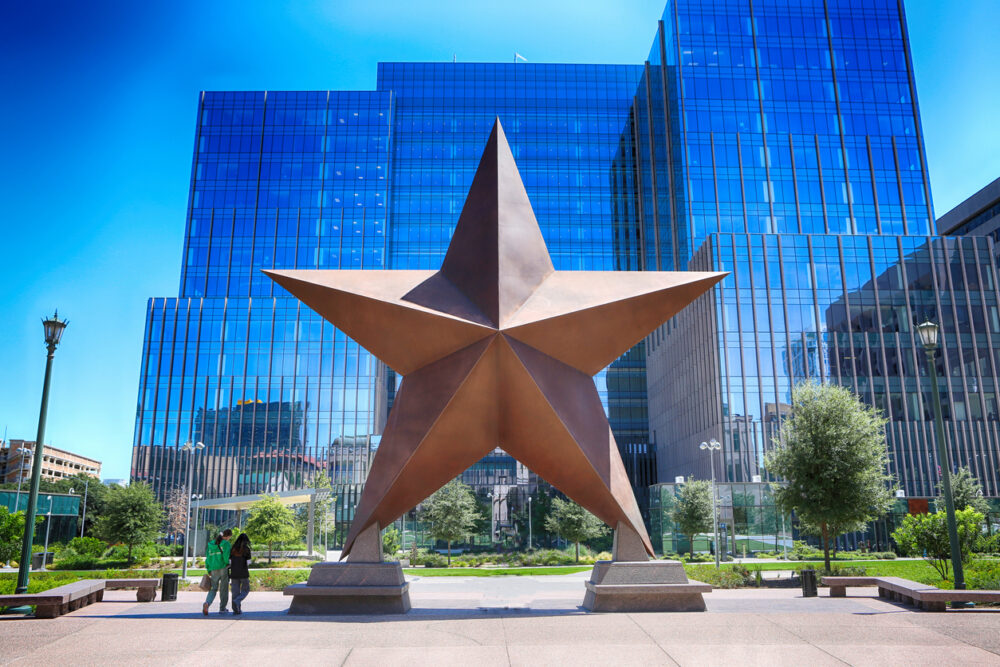
Austin’s always had a rebel heart, but millennials have added their own layer to the city’s charm. While tech companies and creative entrepreneurs pour in, so do musicians, wellness coaches, and digital nomads looking for a lifestyle that blends ambition with authenticity. There’s space for quirk, space for growth, and most importantly, space to belong.
Even with growing pains and rising costs, the city manages to keep its sense of play intact. Think food truck parks instead of fancy strip malls, music festivals that feel like family reunions, and backyard yoga meetups that morph into community dinners. It’s chaotic in the best way—and millennials wouldn’t have it any other way.
5. Detroit is rebuilding with grit and creativity.
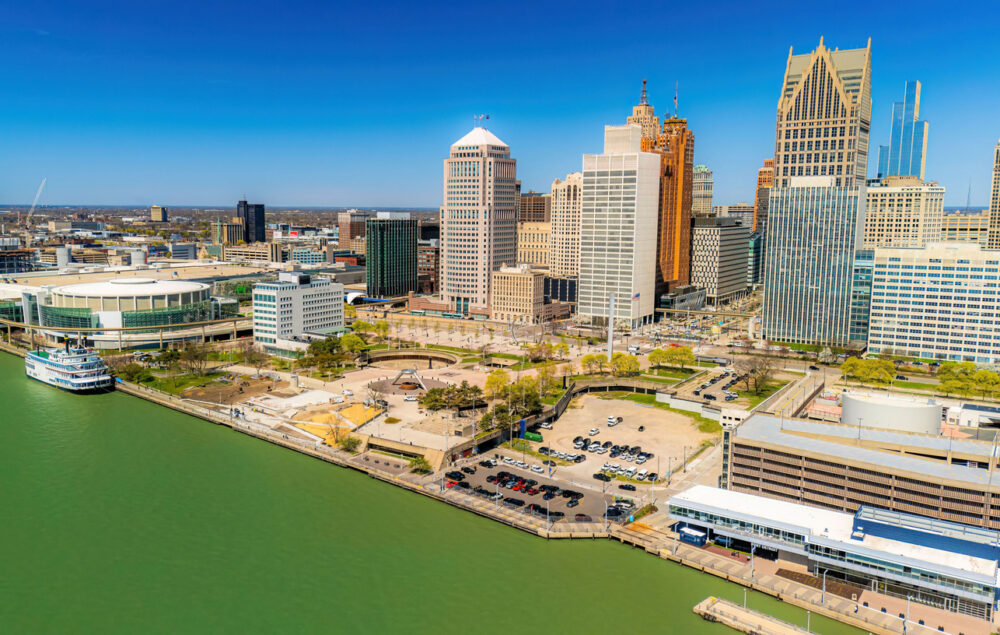
What was once a city defined by loss is now pulsing with raw possibility. Millennials in Detroit aren’t just moving in—they’re reimagining the blueprint. Abandoned buildings become murals and makerspaces. Community gardens grow where factories once stood. It’s not polished, but it’s bursting with resilience and pride.
Detroit rewards vision. People who come here tend to want more than just a job—they want to contribute to something. They build art collectives, run nonprofits, start niche businesses that make the city better for everyone. There’s a scrappy optimism in the air, and it’s infectious. This is what rebuilding looks like when it comes from the ground up.
6. Boise is booming with balance and nature.
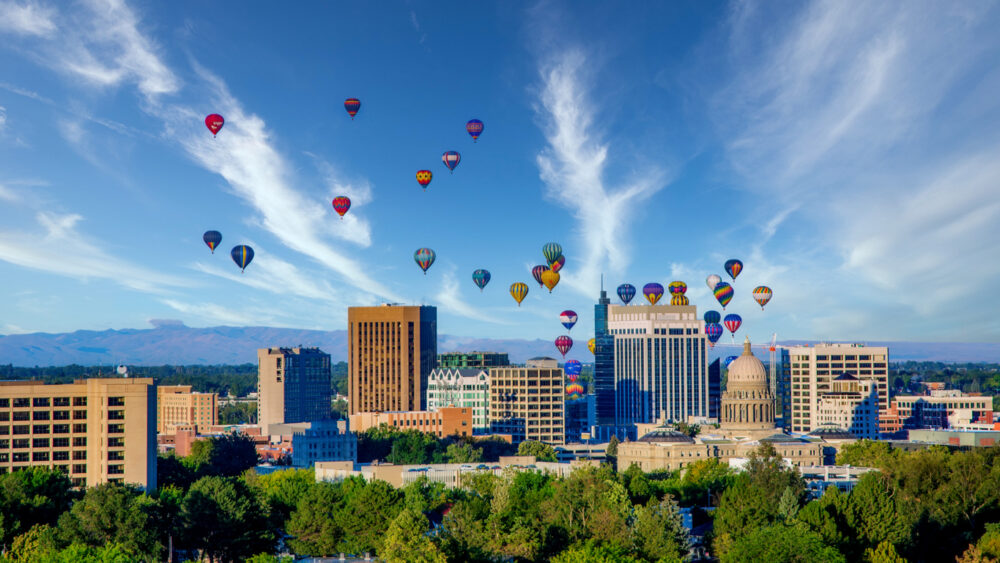
Idaho might not have been on millennials’ radar a decade ago, but Boise has changed that. It’s got the fresh-air charm of a mountain town with just enough urban perks to keep things interesting. Housing is still affordable (for now), and you’re never more than a short drive from trails, rivers, or wild spaces.
The city has become a launchpad for creative ventures, sustainable businesses, and remote careers. People gather for outdoor concerts, farmers’ markets, and hiking meetups that feel more like friend groups than formal events. Boise isn’t trying to be cool—it just is. And that quiet confidence is part of what makes it work.
7. Chattanooga is turning fiber optics into freedom.
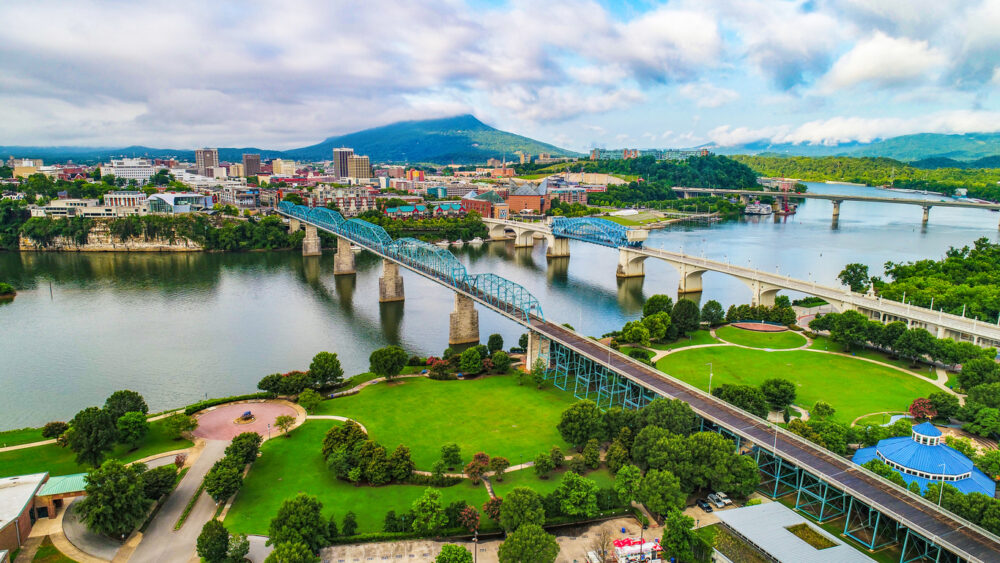
This Tennessee city made headlines for its city-run gig-speed internet, but millennials stayed for more than the bandwidth. Chattanooga offers stunning mountain views, an exploding outdoor scene, and a cost of living that doesn’t require 70-hour workweeks. It’s become a model for how infrastructure can actually serve its people.
There’s something refreshing about how accessible success feels here. Startups thrive without Silicon Valley stress, and community projects gain real traction. Millennials are opening climbing gyms, farm-to-table restaurants, and education initiatives that serve local youth. The vibe isn’t hustle—it’s purpose. People build here because it still feels like home.
8. Madison blends activism with Midwestern calm.

In Madison, you can go from protesting at the state capitol to paddleboarding on a lake within the same afternoon. It’s a college town with a progressive pulse, and millennials are shaping it into something even more dynamic. With co-ops, bike lanes, and public art projects popping up all over, the city is steadily becoming more inclusive and intentional.
What’s unique is the feeling of neighborly innovation. People genuinely support each other’s weird ideas, whether it’s a poetry zine, kombucha brewery, or social justice campaign. It’s not about being edgy—it’s about building something with heart. Millennials aren’t waiting for change here—they’re making it block by block.
9. Durham is rewriting the Southern story.
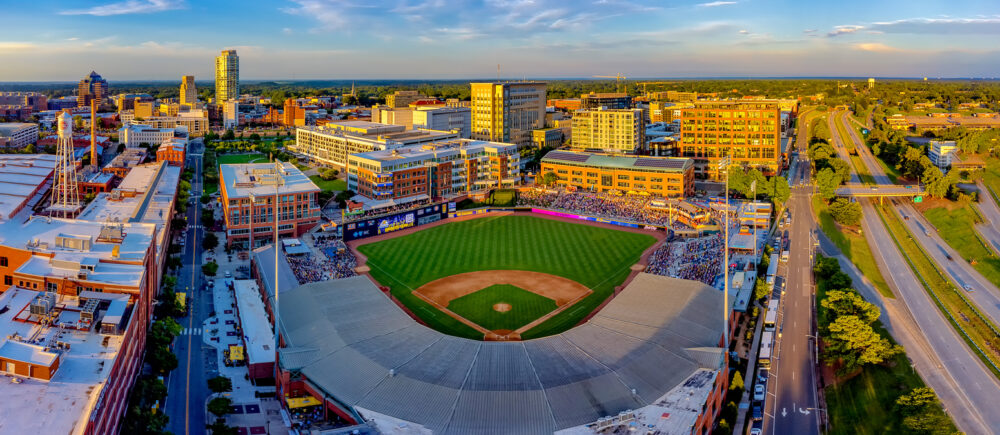
Durham has Southern roots, but it’s telling a much more modern tale these days. Millennials are flocking to this North Carolina city for its mix of racial justice activism, food innovation, and tech opportunity. It’s got old-school charm with new-school energy, and that combo is quietly magnetic.
You’ll find progressive housing co-ops down the street from tech incubators, and soul food spots sitting beside vegan cafés. The community is tight-knit and expressive, with festivals, art crawls, and policy meetups happening weekly. In Durham, the millennial generation isn’t just finding space—it’s taking up space and inviting others in.
10. Santa Fe is attracting dreamers with a plan.
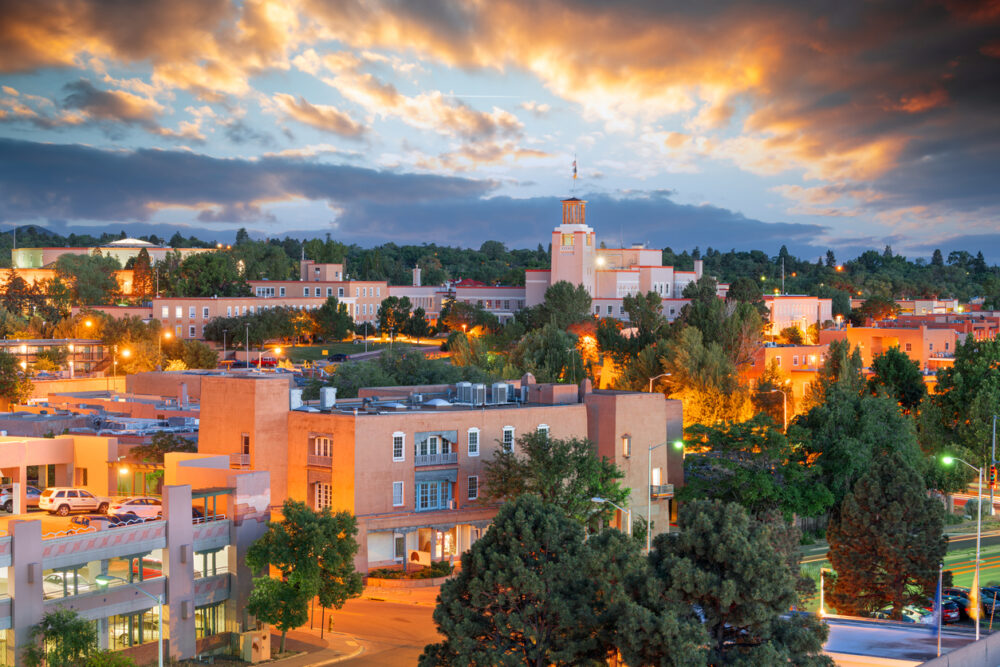
Santa Fe has always been spiritual and artsy, but millennials are injecting it with fresh direction. This isn’t just a retreat town anymore—it’s a place where people come to slow down without checking out. There’s a focus on holistic living that actually sticks, with yoga collectives, permaculture gardens, and social enterprises flourishing.
People here are blending mysticism with entrepreneurship, and it somehow works. It’s not unusual to meet someone who builds websites by day and leads cacao ceremonies at night. Millennials come for the vibe but stay for the community. There’s room to experiment, to breathe, and to belong.
11. Richmond is reshaping history through action.
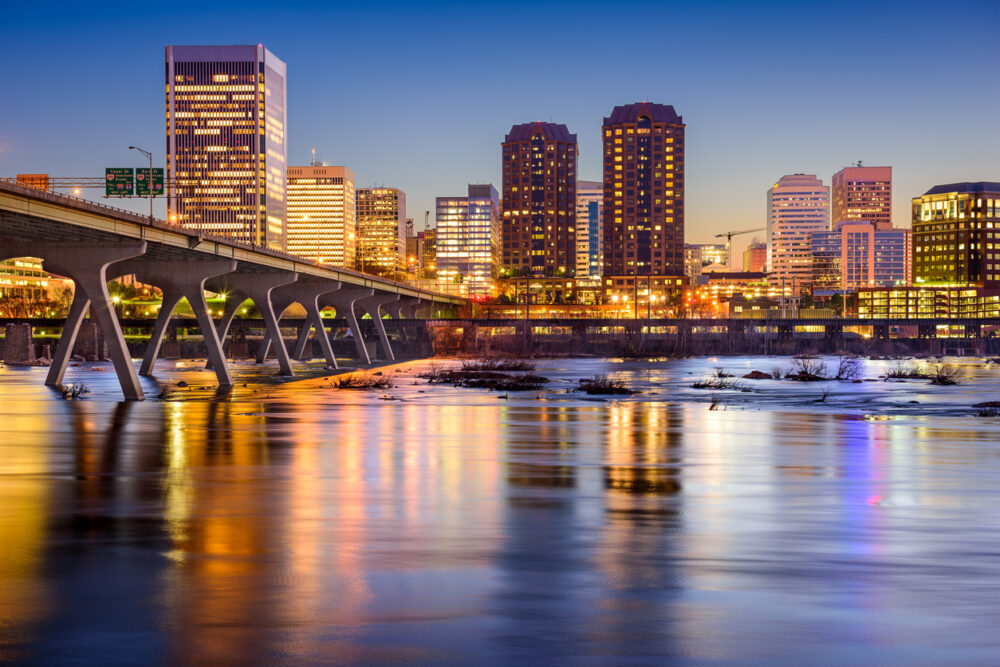
Richmond has a complicated past, but millennials are helping shape a more honest and hopeful future. This Virginia city is now home to a vibrant art scene, strong grassroots movements, and a growing community of young people committed to equity and cultural growth. There’s a tangible sense of ownership among the creatives, educators, and entrepreneurs building their lives here.
They’re reclaiming spaces, reimagining institutions, and creating places where everyone’s story has value. Vintage shops sit next to mural-covered walls, and coffee shops double as meeting hubs for local change-makers. Millennials in Richmond aren’t just moving in—they’re rewriting what this city can be, one project at a time.
